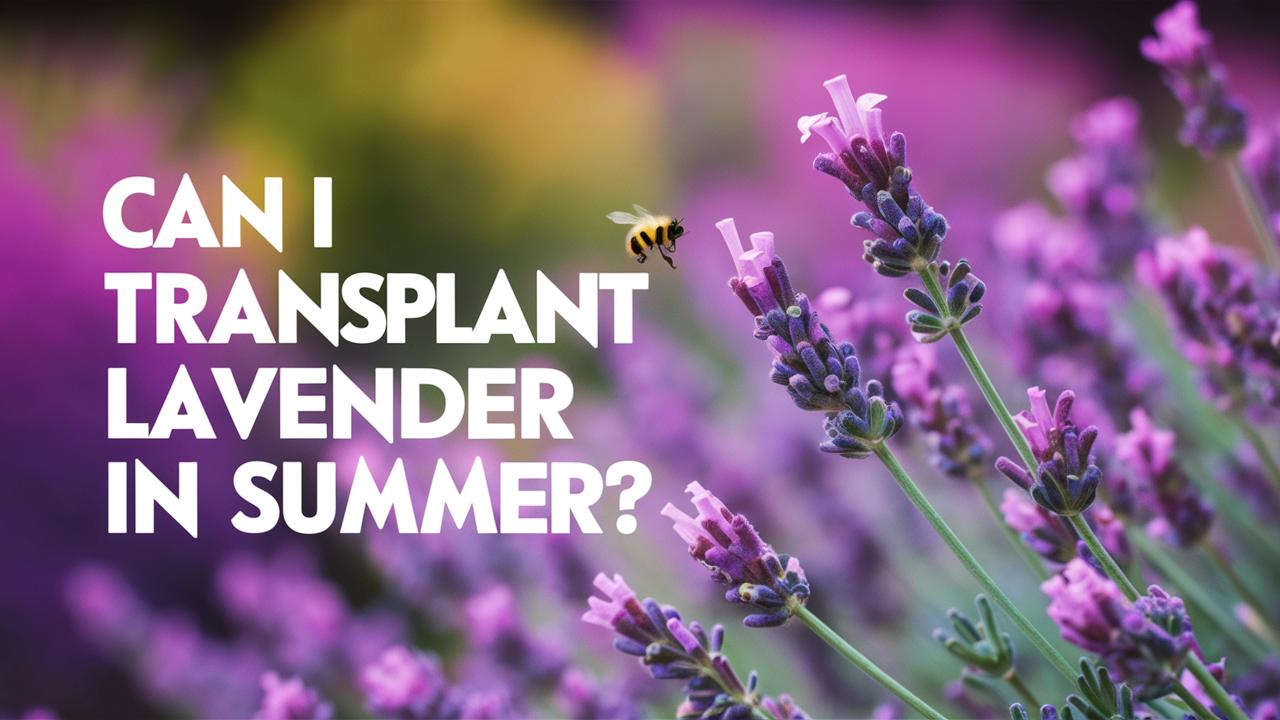In this comprehensive guide, we will explore the considerations, techniques, and best practices for successfully transplanting lavender in summer while ensuring its health and vibrancy.
Understanding Lavender and its Growth Cycle
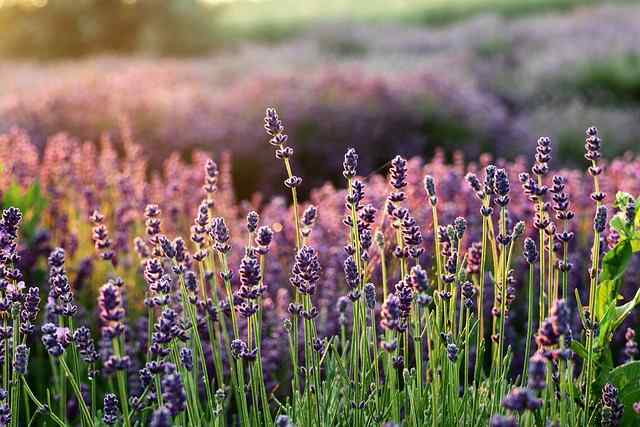
Before getting into the specifics of summer transplantation, it’s useful to understand the nature of lavender. Lavender is a perennial herb that thrives in well-drained soil and prefers full sun exposure. There are several species of lavender, with Lavandula angustifolia—commonly known as English lavender—being the most popular due to its aromatic properties and hardiness.
Typically, the best time to transplant lavender is in the spring or fall. These seasons provide the optimal conditions for root establishment while the weather is still moderate. However, summer presents unique challenges and opportunities that can also allow for successful transplantation.
Lavender in Summer: What to Expect
Summer is characterized by heat, increased sunlight, and dry conditions. Lavender thrives in such climates, which means transplanting them during this time can work if some precautions are taken. Here’s what you need to consider before proceeding:
Weather Conditions: Summer heat can be intense. Be mindful of the temperature, as extreme heat (especially above 90°F/32°C) can stress the plant. If the climate is too harsh, you might want to delay the transplanting until the temperatures cool down, or choose a cooler part of the day, such as early morning or late evening.
Watering Needs: Lavender has a Mediterranean origin, so it is accustomed to dry conditions. However, when transplanting any plant, including lavender, water is crucial. Newly transplanted lavender will need consistent moisture to establish its roots, especially in summer’s heat. Make sure to have a watering schedule ready.
Soil and Drainage: Lavender prefers well-drained soil, which allows excess moisture to escape and prevents root rot. In summer, you can enhance your soil with sand or gravel to improve drainage. Before you transplant, ensure your soil is prepared adequately.
When is the Best Time to Transplant Lavender in Summer?
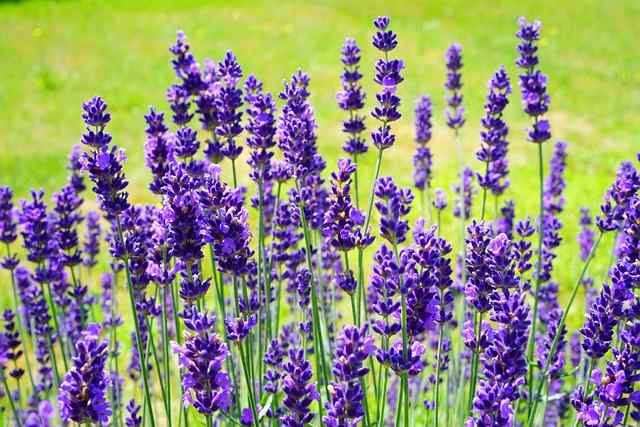
If you’ve decided to go ahead with transplanting your lavender in summer, timing is crucial. The early summer months, particularly June, can be a reasonable period for a transplant. This timing allows your lavender plants to settle into their new environment before the full heat of summer takes hold.
You might want to avoid transplanting in late summer, as the rising temperatures can put undue stress on the root systems of the freshly moved plants. If you do transplant in July or August, keep a close watch on the plants and be prepared to provide additional care.
Preparing for the Transplant
Preparation is key to a successful lavender transplant during summer. Follow these steps to ensure the process is smooth for both you and the plants:
Gather Materials:
A spade or garden fork
Watering can or hose
Mulching materials (such as straw or wood chips)
Soil amendments if needed (sand, perlite, or a cactus soil mix)
Choose the New Location:
Pick a place with well-draining soil and full sun access (at least six to eight hours of sunlight daily).
Ensure the new site has enough space for the lavender to grow without competing for nutrients or space.
Water Before Transplanting:
A day before you plan to transplant, give your lavender a good deep watering. This helps reduce transplant shock as the plants will already be hydrated.
Prepare the New Site:
Before moving your lavender, prepare the new site. Loosen the soil with a garden fork, adding any amendments to ensure it drains well.
How to Transplant Lavender in Summer

Transplanting lavender may seem daunting, but by breaking down the process step-by-step, you can make it much more manageable.
Step 1: Digging up the Lavender
Start by gently digging around the base of your lavender, extending out a good distance (about 12 inches or so from the plant) to ensure you capture as many roots as possible. The goal is to prevent damage to the root system, as stress can lead to transplant shock.
Step 2: Transplanting the Lavender
Once your lavender is out of the ground, transport it to its new location. Create a hole that is twice the size of the root ball and place the lavender in the hole so that the top of the root ball is level with the surrounding soil surface. This is essential for proper drainage and growth.
Step 3: Fill the Hole and Water
Carefully fill the hole with the soil, ensuring there are no air pockets around the roots. After you have planted the lavender, give it an ample amount of water. Deep watering is preferable, as this encourages roots to grow deeper into the soil as they seek moisture.
Step 4: Mulching
Applying a light layer of mulch around the base of your lavender will help retain moisture and provide some additional protection against heat. Make sure to keep the mulch a few inches away from the stem of the plant to prevent rot.
Step 5: Post-Transplant Care
After transplantation, monitor your lavender closely. This involves:
Watering: Water regularly but avoid over-soaking the soil. Lavender doesn’t like “wet feet.” A weekly deep watering may suffice, depending on the heat.
Fertilizing: Generally, newly transplanted lavender doesn’t require much fertilizer, especially if you’ve prepared the planting site well. However, light applications of a balanced, slow-release fertilizer can help in the establishment phase.
Sun Exposure: Ensure that your lavender receives ample sunlight. If the weather is excessively hot, consider providing some shade in the hottest parts of the day until it is established.
Common Challenges When Transplanting Lavender in Summer
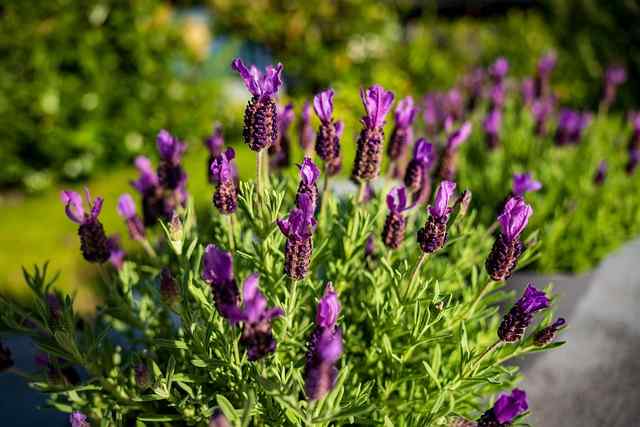
Despite lavender’s hardiness, transplanting during the summer can present unique challenges. Recognizing these challenges will better prepare you to handle them.
Transplant Shock: This issue can occur when plants go through a stressful period of relocation. Signs of transplant shock include wilting, yellowing leaves, or minimal growth. To mitigate this, ensure adequate watering and monitoring during the first few weeks post-transplant.
Heat Stress: If a heatwave hits soon after transplanting, your lavender may struggle. Diplaying symptoms like curling leaves or stunted growth. During extreme heat, consider shading younger plants or adjusting your watering schedule to accommodate their needs.
Pest and Disease Susceptibility: Newly transplanted lavender can be more susceptible to pests, such as aphids, or diseases characterized by root rot if the soil is improperly drained. Regular inspections will help catch these issues early.
Long-Term Care for Transplanted Lavender
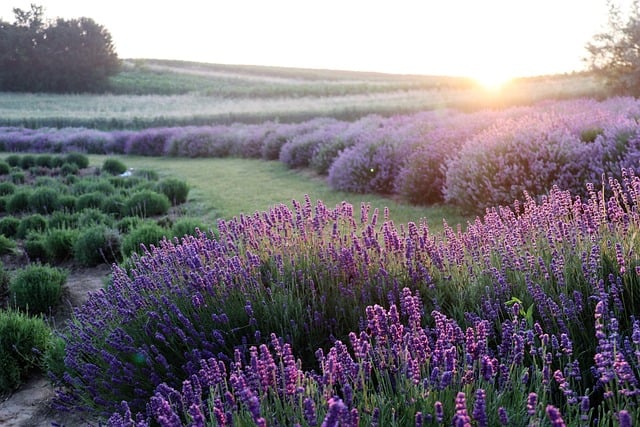
Once your lavender has settled in, the long-term care becomes crucial to maintain its health and prevent future problems:
Pruning: Regular pruning promotes bushier growth and encourages flowering. Late summer or early fall after blooming is an excellent time to trim back your lavender. This practice also helps prevent overcrowding, air circulation, and the overall health of the plant.
Water Management: During the first year, be diligent with watering to help your lavender become established. As it grows, decrease the frequency. Established lavender typically requires watering only during extended dry spells.
Soil Checks: Every few years, check the soil’s health and nutrient levels. If the soil becomes compacted, consider aeration to allow roots to breathe and absorb nutrients better.
Winter Preparations: In colder climates, consider winterizing your lavender to protect it from frost damage. Adding mulch around the plant can provide insulation, while ensuring that drainage remains functional helps prevent root rot in cold, wet conditions.
Conclusion
Transplanting lavender in summer is certainly possible and can be successful when approached with care and knowledge. By understanding lavender’s requirements and addressing potential challenges, you can enjoy a beautiful, fragrant garden. Careful planning, proper preparation, effective execution, and diligent aftercare are key ingredients to ensure your lavender not only survives but thrives in its new environment.


